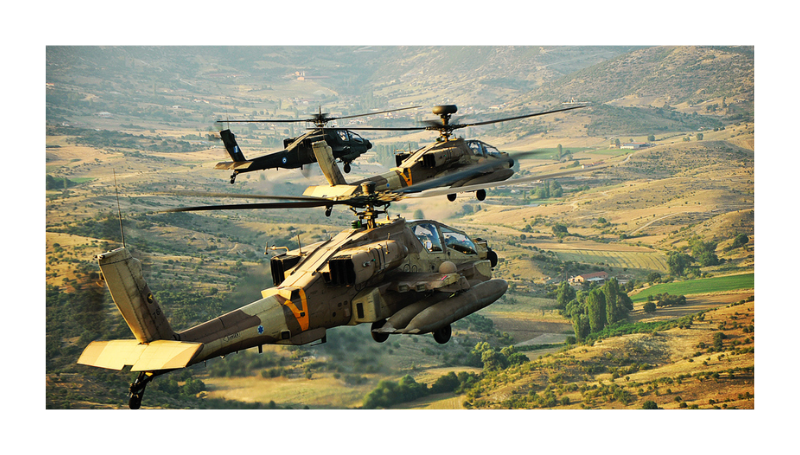Kobi Michael and Yossi Kuperwasser
INSS Insight No. 2020, Aug. 4, 2025
“None of the options guarantees achieving all the war’s objectives, and each carries significant costs.”
The Situation Overview
Israel has been at war in the Gaza Strip for nearly two years. Despite inflicting significant damage on Hamas’s capabilities, the war’s goals have not yet been achieved. Hamas continues to function, both civically and militarily, as the ruling power in substantial parts of the Gaza Strip. Although these areas are not geographically vast, their importance lies in their symbolic weight and status as organizational strongholds with dense populations. For example, Hamas controls the Gaza City area, western Khan Yunis, the central refugee camps, and the al-Mawasi area, where about half of the Strip’s population resides. Additionally, Hamas has been seizing control of most of the humanitarian aid entering northern Gaza. Militarily, the organization has adapted to the new reality and operates in a mode of terror and guerrilla warfare. It has partially rebuilt its capabilities and reinforced its ranks with young recruits. Although these recruits lack proper training and experience, they serve as “cannon fodder” in guerrilla battles against the IDF and at times inflict casualties, in addition to engaging in policing and law enforcement duties within Hamas-held territories. Hamas’s efforts to preserve and restore its capabilities are aimed at renewing its threat against Israel, whose destruction remains the organization’s raison d’être.
Hamas’s civilian capabilities also remain intact. In northern Gaza, Hamas continues to enforce its authority over the population, including carrying out executions of suspected collaborators with Israel or looters of humanitarian aid. It still controls municipal systems (albeit now through emergency committees that have replaced the local councils), manages the economy in its territories, including tax collection, and maintains its grip and influence over humanitarian aid facilities and shelters, especially those run by UNRWA, where many displaced persons are staying. In southern Gaza and al-Mawasi, Hamas operates in some areas, while in others, its control has weakened, mainly due to the loss of control over aid distribution and the growing activity of the Abu Shabab militia, which the IDF has given control over much of the area between Khan Yunis (Morag route) and Rafah. In these areas, Hamas seeks to disrupt food distribution efforts by the Gaza Humanitarian Foundation (GHF) through intimidation, preventing civilians from reaching distribution centers—even through gunfire—and targeting local initiatives supported by Israel.
Israel has also yet to achieve the goal of creating conditions for the release of all its hostages. Despite recent Israeli successes in recovering the bodies of some hostages, Hamas still holds 20 living hostages and the remains of 30 more. It is possible that Hamas may struggle to access the bodies of some of the deceased hostages, either because they were held, murdered, and buried by other groups, or because those who buried them are no longer alive, and the massive destruction has altered the landscape to the point that locating their graves has become impossible. …..SOURCE


